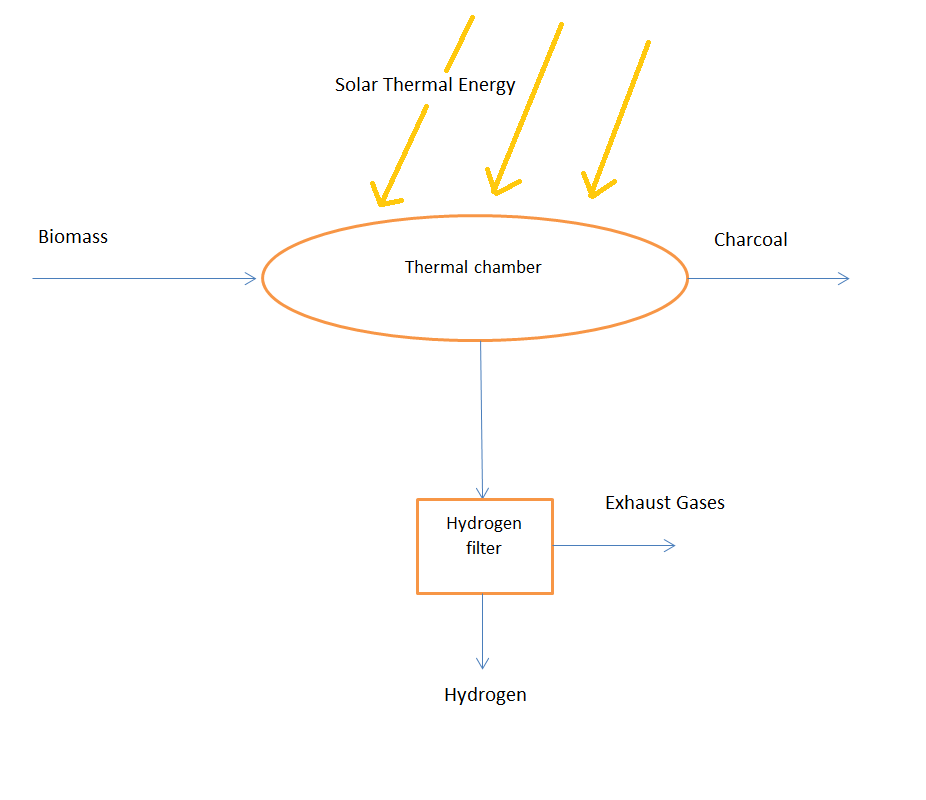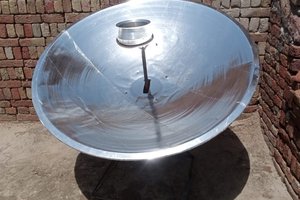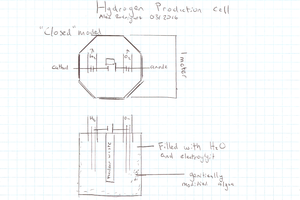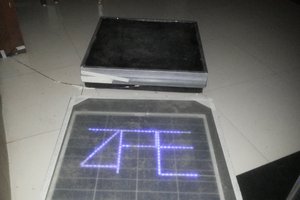About 40% of food produced, processed, and transported in the U.S. is wasted and ends up in our landfills. Although the excess food should ideally go to decreasing food insecurity, a large portion of the food goes beyond the point of being usable.
In the fall, nature unleashes a bounty of color on trees across the country. After the beauty fades and the leaves fall, many home owners rake the leaves, place them in plastic bags, and place them on the curb. Typically, the leaves are picked up on the same day as residents' regular trash pick-up, but in a different truck. Again, the leaves end up in landfills. As autumn ends and winter takes its place, many families purchase and enjoy Christmas trees. Unfortunately, many of these Christmas trees also end up in a landfill as the holiday season draws to a close.
Along with what is produced as a result of human activity, nature produces leaves: dead limbs which produce a layer of bio material. Ideally, the bio layer would breakdown naturally and increase nutrients in the soil. However, with climate change and the steady rise of global temperatures, the end result is excessive buildup of this bio layer. This results in a fuel that feeds wildfires in the western United States that destroys homes, neighborhoods and large tracks of woodlands. What do all of these issues have in common? All of the aforementioned materials are examples of biomass. Biomass could be recycled to produce compost but realistically, while not everyone needs compost, everyone needs energy.
What if the world was covered with clean renewable energy? What if there was a fuel that could be harvested, consumed, and ultimately become a waste product that could harmlessly go back into the environment.
Well actually, there is. It just needs to be harvested. The fuel is hydrogen. Hydrogen is part of the biomass that exists all around us. Leaves, old dead limbs, food scraps and even fecal matter are sources of hydrogen. Now the tricky part is harvesting it.
Solution: Recycle Rather Than Disposal
Pyrolysis is the thermochemical decomposition of biomass into gases, liquids, and charcoal (carbon), in the absence of oxygen. Heating a biomass to 200 degrees Celsius in the absence of oxygen will degrade the biomass to charcoal and release gases including hydrogen.
Using solar thermal energy to heat the biomass will allow the pyrolysis process to occur without consuming another source of energy.
Solar- Pyrolysis will extract the hydrogen using solar thermal energy, filter the hydrogen from the other gases produced, and also produce another fuel (charcoal) at the same time. The charcoal is an added advantage. Charcoal is carbon trapped in a solid form, and if carbon is made into charcoal, it will not be released as a greenhouse gas. This could act as another method of lessening global warming.
This process will allow any biomass to be recycled into a clean fuel source.
Solar-Pyrolysis, as in the image below, will use a Fresnel lens to focus solar thermal energy onto a container that holds a biomass. As the biomass in the container thermally biodegrades, gases will pass through a small tube through a hydrogen filter. The hydrogen will be compressed in a tank with a small compressor pump. Other gases will be vented. After the process, the container will be opened and the charcoal will be removed.

*License CC0 1.0 Universal unless stated otherwise for all hardware. License details available in the GitHub repository.*
 Dennis
Dennis





 Wasim Sahu
Wasim Sahu


 Robert Rub
Robert Rub
Just wondering would it be possible to use this system to break down plastics? Maybe even if we harvest plastic from the ocean and then us pyrolysis to break it down and release the hydrogen?